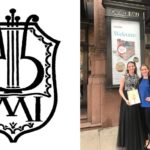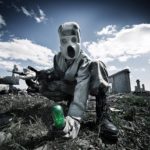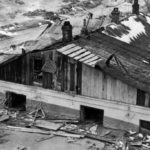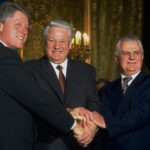Ukraine’s first president led the country away from communism, let the economy slip into the shadows.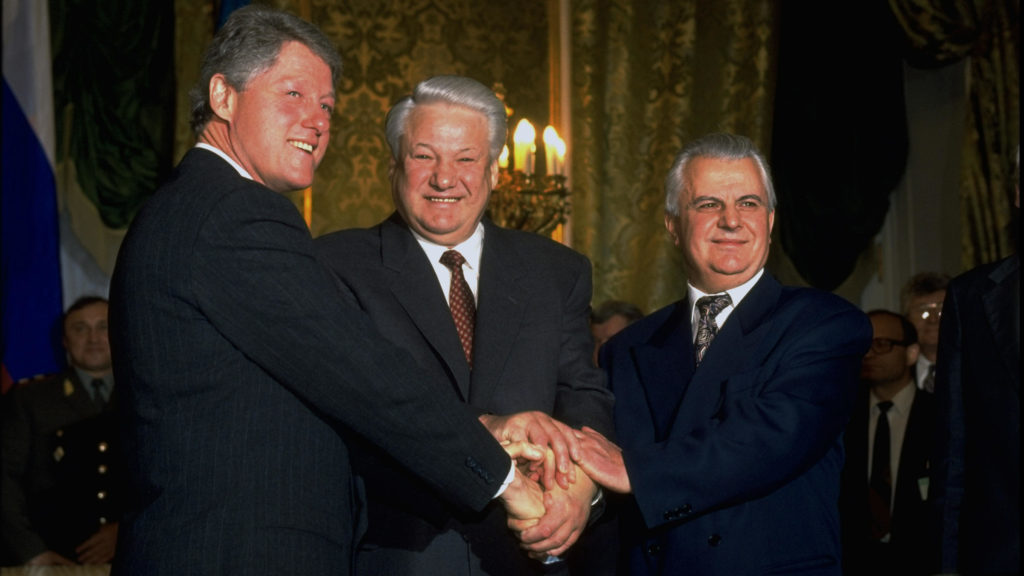
Katya Gorchinskaya
On August 24, 1991, just 48 hours after a coup attempt in Moscow had been defeated, Leonid Kravchuk, the speaker of Ukraine’s late-Soviet-era parliament, scolded fellow MPs for dithering over the sole item on that day’s legislative agenda: a declaration of independence.
“What else do you need to consult about?” Kravchuk stated. While every MP seemed to want to speak, Kravchuk wanted a vote, and soon got his wish: a near unanimous vote for independence. Wild street celebrations ensued: the red-and-blue flag of Soviet Ukraine was hauled down from atop parliament, replaced with the blue-and-yellow national flag.
As 1991 drew to a close, Kravchuk played an instrumental role in dissolving the Soviet Union. Ukraine’s decision to join the new Commonwealth of Independent States in early December 1991 helped put the final nail in communism’s coffin.
By that time, a nationwide referendum on December 1 had enshrined Ukraine’s independence and made Kravchuk the country’s first president. Kravchuk’s campaign promises had focused on promoting democratic institutions and economic prosperity. “We have to create all conditions for the formation of a real citizen of our country – free, prosperous and cultured,” he pledged.
Keeping those promises proved far more difficult than anyone could imagine in late 1991. Exuberance over the Soviet collapse blinded many to the economic and social realities. Officials responsible for guiding the country’s political and economic transition lacked the expertise to develop and implement effective policies. Ultimately, Kravchuk’s comparatively short tenure as president was marked by political dysfunction and economic collapse.
The inability of weak state institutions to manage the transition from communism to a free-market system fueled growing popular disappointment in independence and in democracy. It also was directly responsible for the rapid expansion of Ukraine’s shadow economy, which operated beyond the state’s taxation system. Corruption was the byproduct of the shadow economy. And, following a Hunger Games-like struggle for economic survival, the system abetted an unhealthy concentration of economic and political power in the hands of a small coterie of oligarchs.
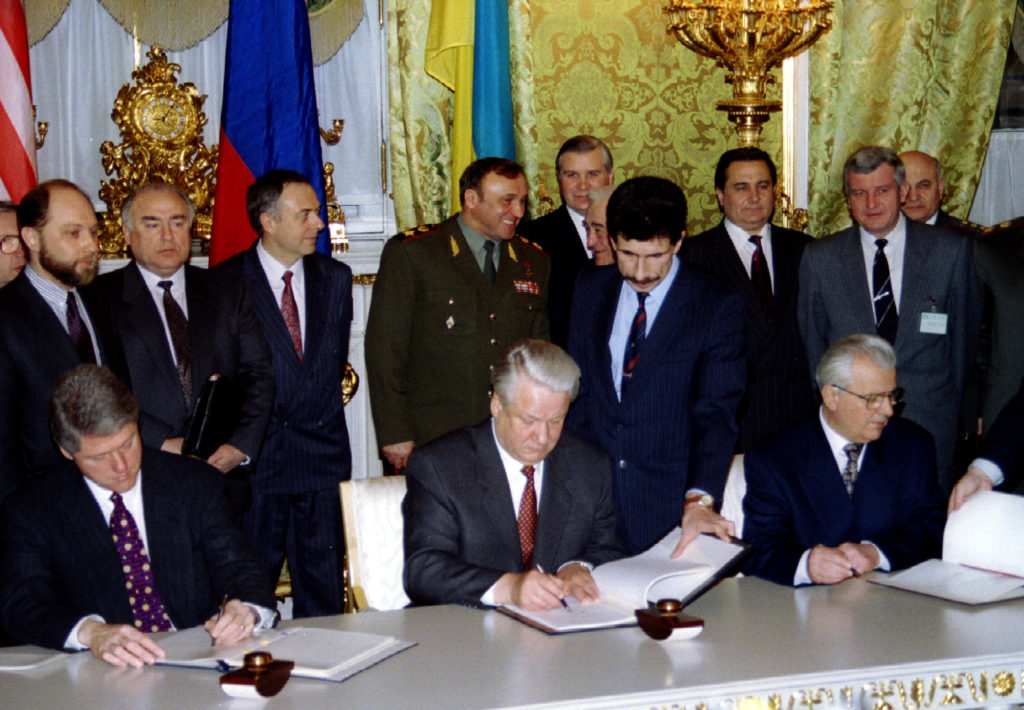
Economic meltdown
As the Soviet Union entered its death spiral in the late 1980s, Ukraine found itself among the bottom half of its 15 constituent republics in terms of economic performance, with an estimated per capita GDP of $1,307.
In the initial years after independence in 1991, Ukraine’s economy just got worse.
Kravchuk by nature was always a cautious politician. His rise within the Communist Party bureaucracy had been facilitated by an ability to not give offense to colleagues, and a penchant for always aligning himself with the emerging consensus view. In short, he was never a risk-taker, nor one to make an unpopular decision, no matter how necessary.
His administration, then, attempted to achieve the impossible – undertake wrenching political, economic and social change without causing popular discomfort. The results were predictable. By 1994, in less than three years of Kravchuk’s presidency, the country’s GDP had shrunk by a head-spinning 40 percent.
There was trouble from the start. In 1992, the country introduced a transitional currency, called coupons, that looked and felt like Monopoly money. Authorities managed it like Monopoly money too, and at one point in 1993 the inflation rate hit 10,155 percent.
For most citizens, life after independence quickly became a daily battle for economic survival. At the height of the hyperinflation era, prices for basic goods, including bread and eggs, were changing several times a day, and wages were lagging far behind. With the distribution system having broken down, and public anxiety rising, corruption proliferated. Tax evasion and bending rules became a national sport, as both large- and small-scale economic activity moved into the shadows.
Growing vegetables became common even for city dwellers, who received plots for temporary use from the government in vast fields outside town. Meanwhile, many Ukrainians resorted to shuttle trading – traveling abroad, including across the Black Sea to Turkey – to buy goods for resale back in Ukraine.
Many shuttle traders and food growers used self-made small wheel carts to aid their activities. Those carts were dubbed “kravchuchka,” after the president. The word is still used in Ukraine and the phenomenon has its own Wikipedia page.
Fiscal woes inhibited normal economic activity, fostering a barter system for trade. Barter became ubiquitous as a result of a government decree in December 1992 that attempted to contain hyperinflation through the imposition of sweeping price controls, along with the introduction of a complex system of business licenses and setting quotas for export.

